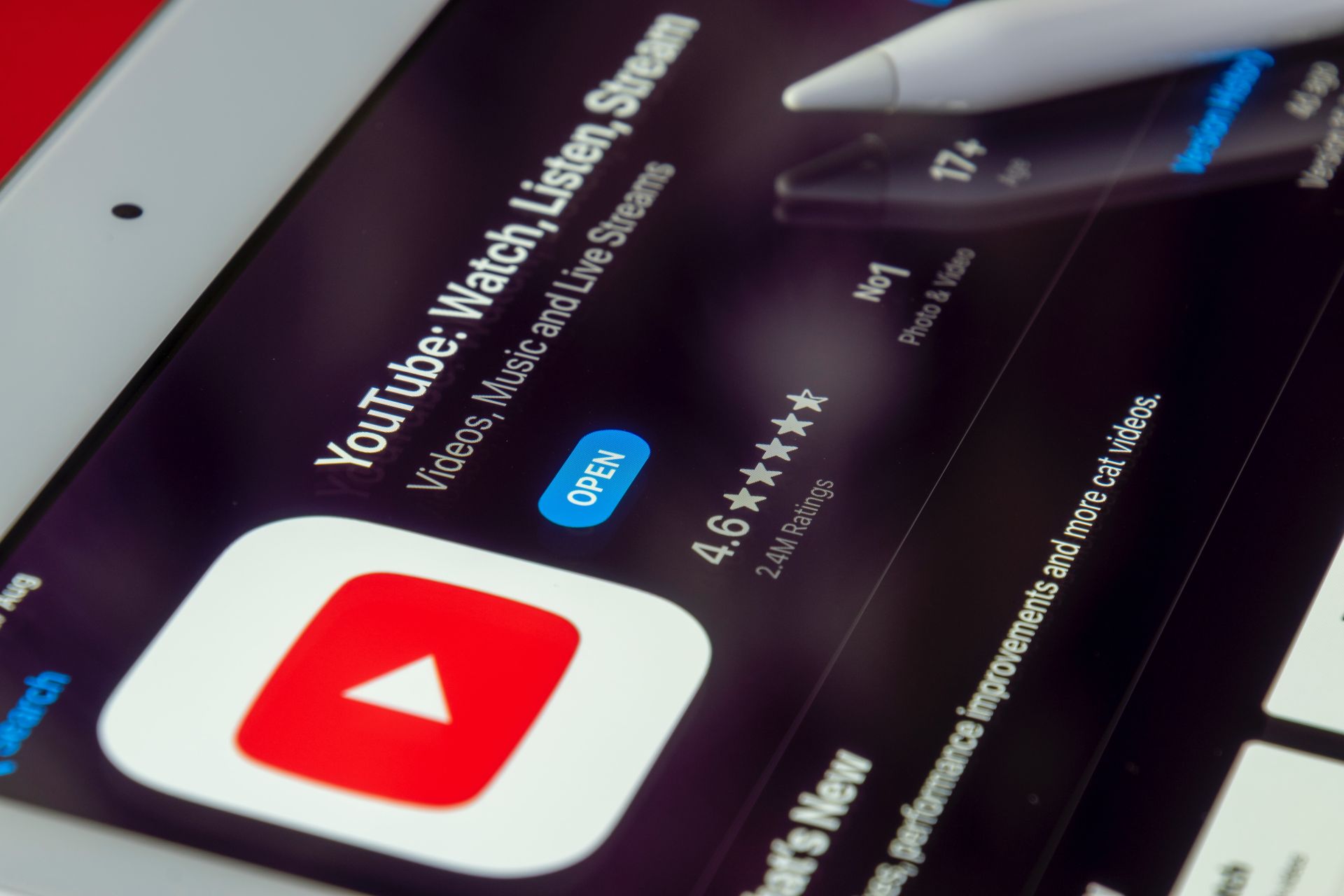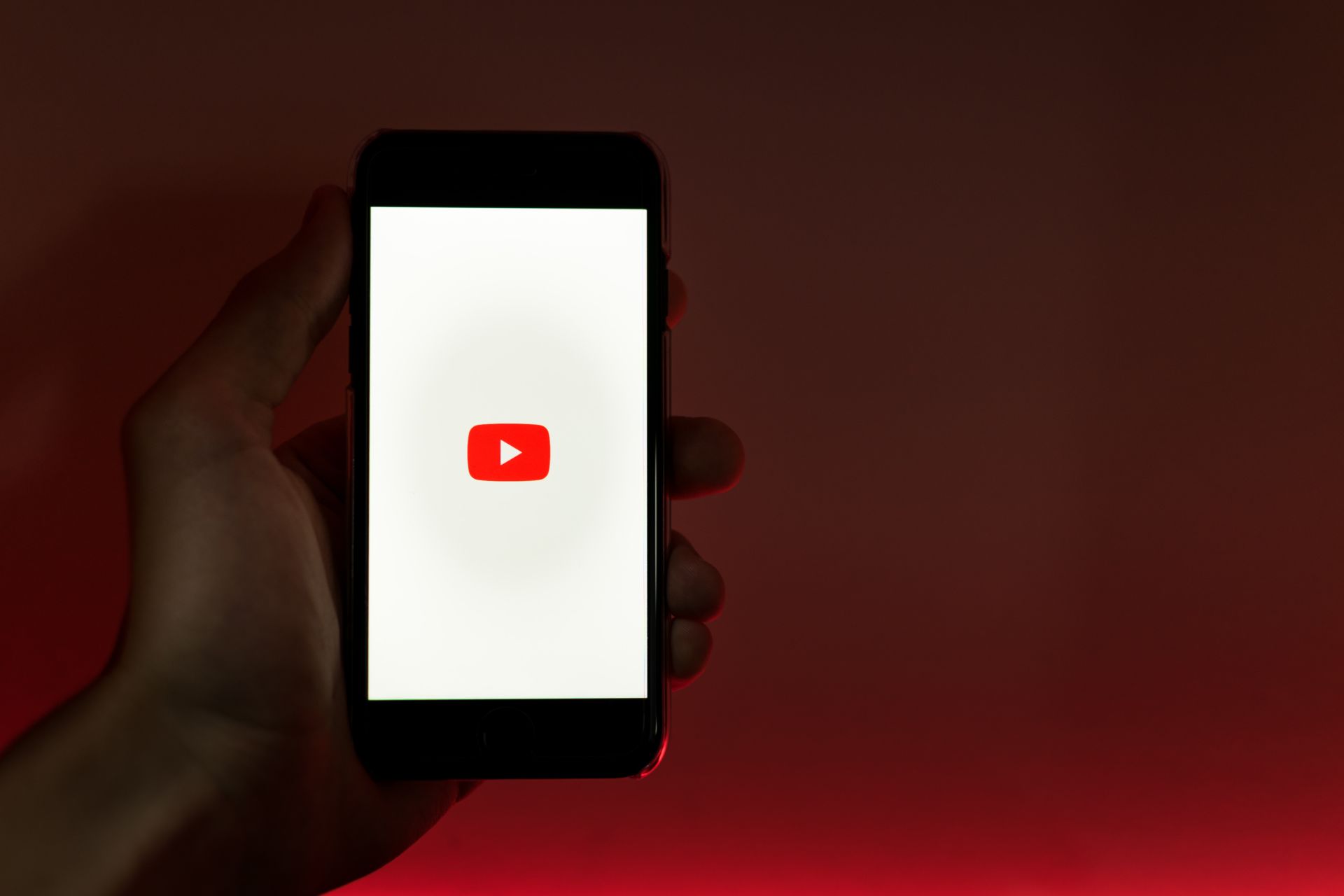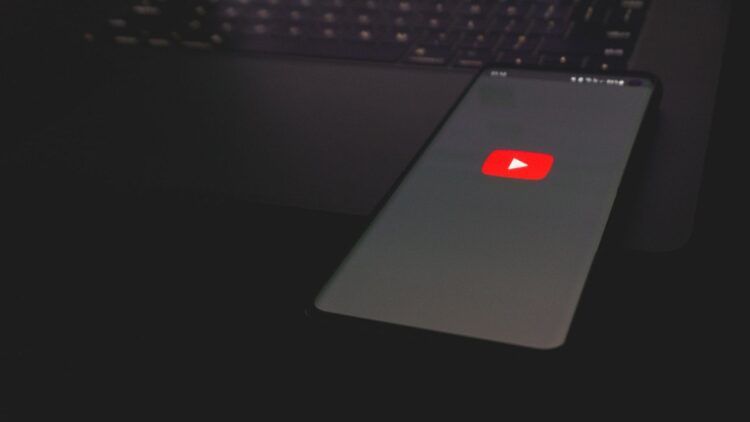In a dance showcasing the delicate balance between innovation and protection, YouTube, the video-sharing giant, has revealed its strategic intentions to fortify its rights management fortress, Content ID. This potent system, long embroiled in debates, is designed to ensure that content creators are rightly compensated for their copyrighted works.
However, the stage is now set for a new act, as YouTube plans to intertwine generative AI tools into its arsenal to redefine how videos violating platform guidelines are detected.

YouTube defends copyright laws but also wants to allow AI-generated music
The fusion of generative AI and Content ID marks a watershed moment for YouTube’s copyright protection landscape. While specifics about these AI tools are veiled in mystery, YouTube’s twin ambitions shine through: guarding the rights of creators and tapping into AI-generated creativity.
This paradigm shift promises a more sophisticated and efficient approach to flagging content that infringes upon copyright, potentially mitigating false positives while bolstering the protection of original content.

Google’s partnership with music labels
While YouTube takes center stage, Google, its parent company, is orchestrating a grand symphony of innovation in the realm of AI. A recent harmonious partnership with Universal Music Group (UMG) underscores Google’s commitment to crafting an AI framework in harmony with mutual aspirations. This audacious overture hints at Google’s intention to compose unique agreements with the music industry, opening doors to novel intellectual property rights.
Simultaneously, this alliance sends a resounding message to the digital landscape: the key to Google’s search engine index might lie in embracing a new era of data sharing for AI training. An ensemble of musical luminaries, including artists like Anitta, Juanes, and the estate of Frank Sinatra—all affiliated with UMG—takes center stage in this groundbreaking initiative. Their contributions will shape generative AI experiments, ushering in a new cadence of AI-generated music.

The inception of this partnership emerges from a captivating incident rooted in AI-generated music. The track “Heart on My Sleeve,” featuring AI-simulated voices of renowned artists, created a viral ripple. Yet, this ripple caught the attention of UMG, resulting in takedown requests. While platforms like Apple and Spotify swiftly complied, YouTube’s openness posed a unique conundrum.
The crux of the issue lies in the complex interplay of copyright laws. AI-generated voices used in music lack individual copyright despite being trained on copyrighted songs. This intricate web of legalities left UMG with limited recourse. The takedown requests were founded on the presence of copyrighted elements within the AI-generated composition.
How to fix YouTube TV not working issue: Explained
The head of YouTube had a couple of words to say
YouTube’s head, Neal Mohan, tantalizingly hinted at Content ID’s imminent expansion to encompass “generated content.” Although cloaked in enigma, this development holds the potential for a harmonious blend of creator protection and AI-driven ingenuity. Mohan expressed confidence in AI’s role in identifying such content, reinforcing YouTube’s commitment to safeguarding its creative community from behind the scenes.
As YouTube and Google embrace AI with open arms, they navigate a complex symphony of challenges and opportunities. The integration of generative AI into Content ID reflects a promising stride toward protecting creators’ rights in the age of innovation.
However, the journey ahead is not without discordant notes. While YouTube’s move could ensure its survival in the face of copyright complexities, concerns linger for smaller creators, who might face the brunt of AI’s learning curve. The story of Google and YouTube’s dual dance with AI and copyright continues, and the next chapters promise both applause and scrutiny.
Featured image credit: Azamat E/Unsplash





